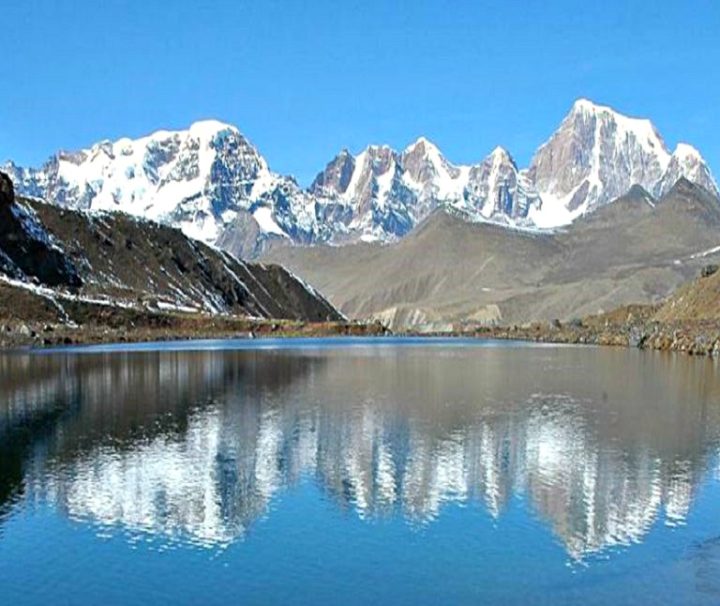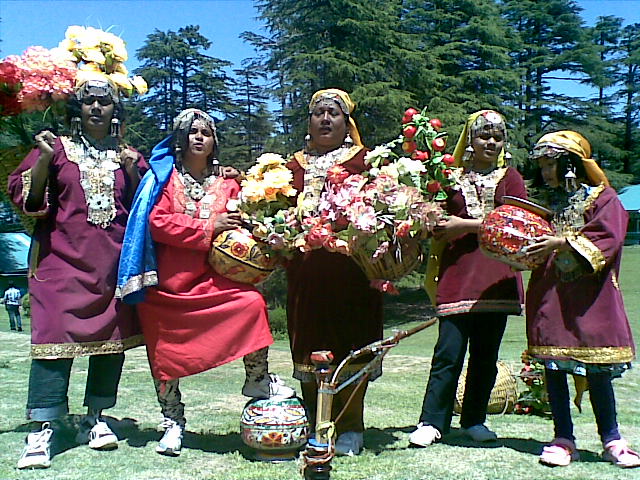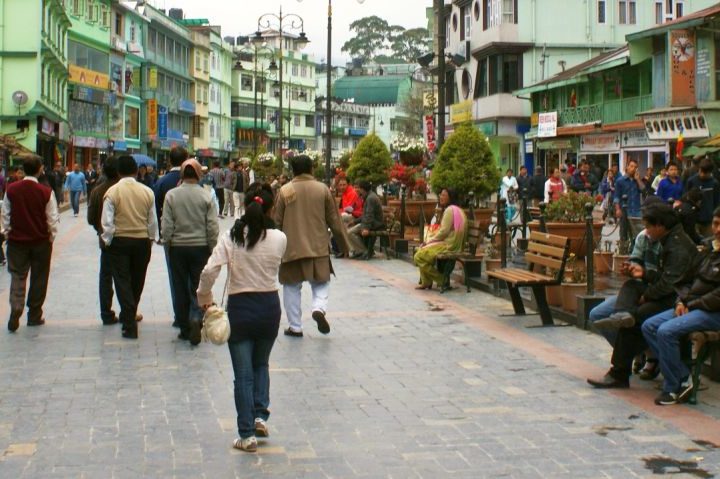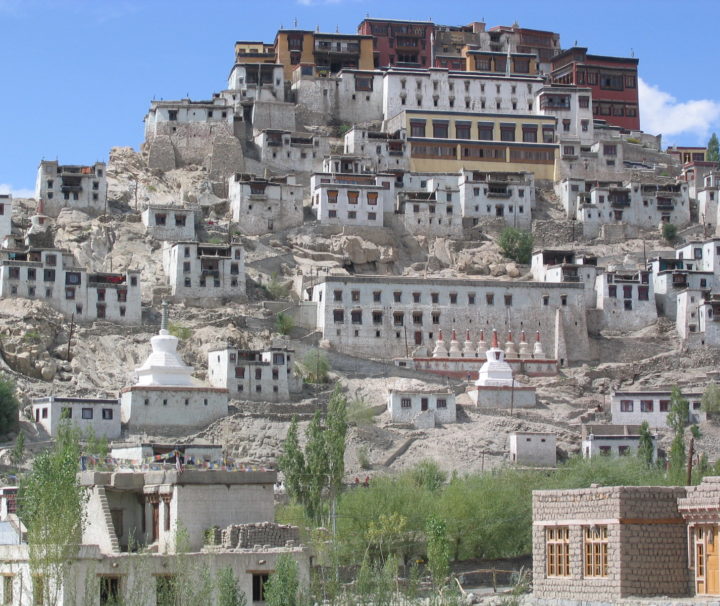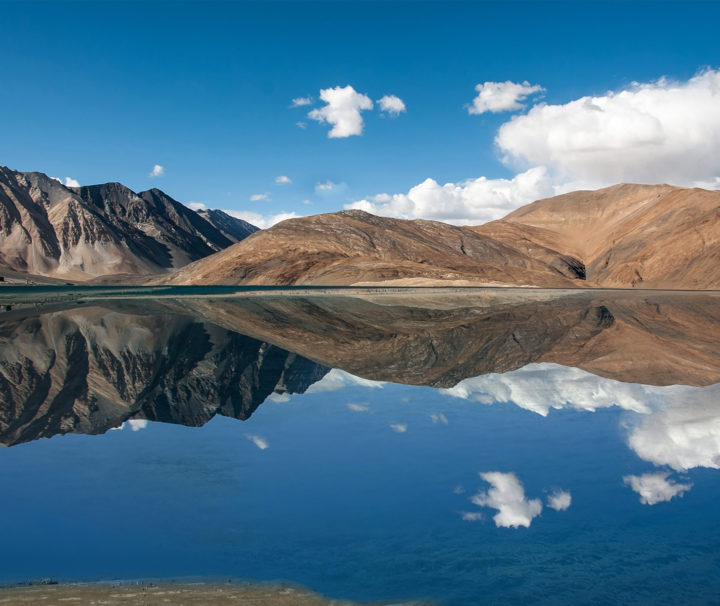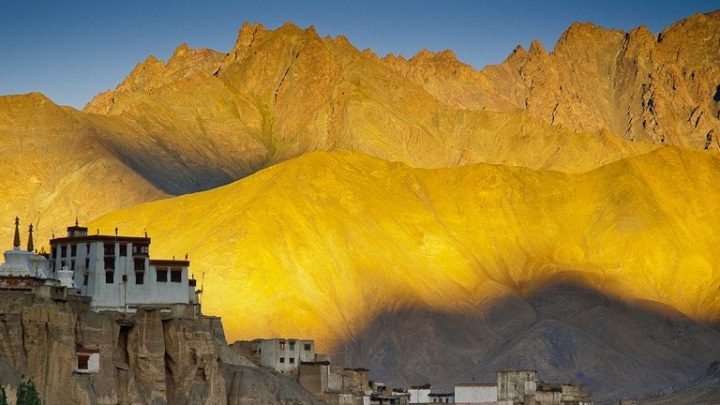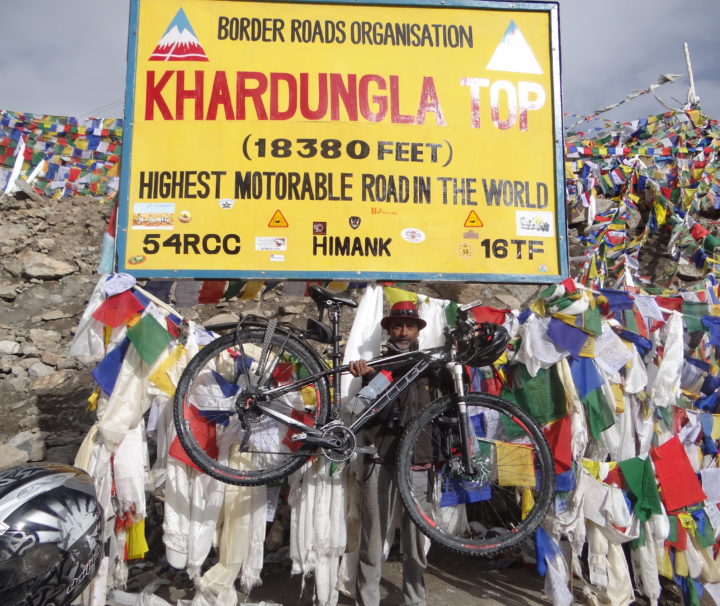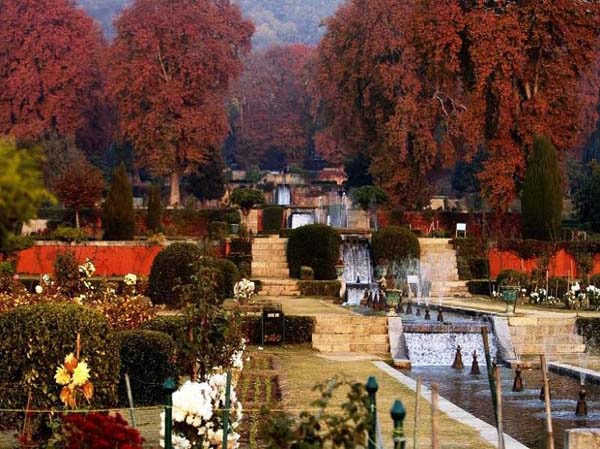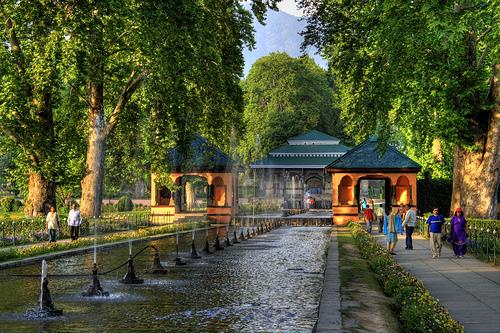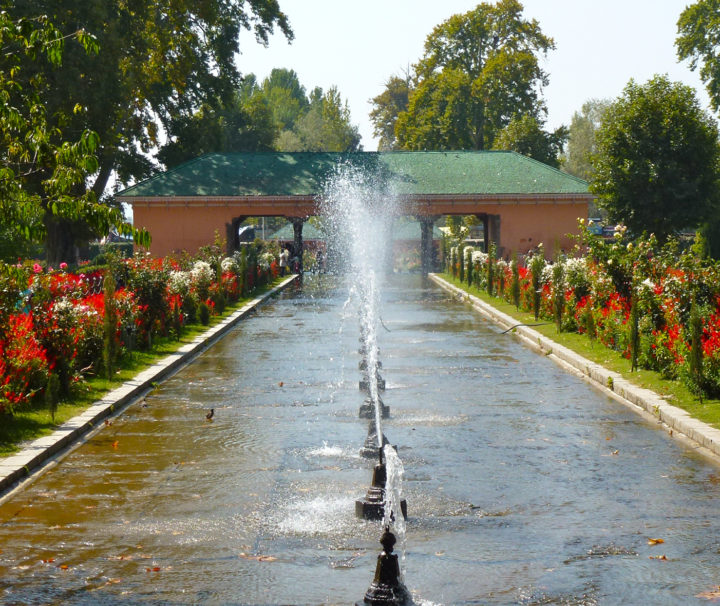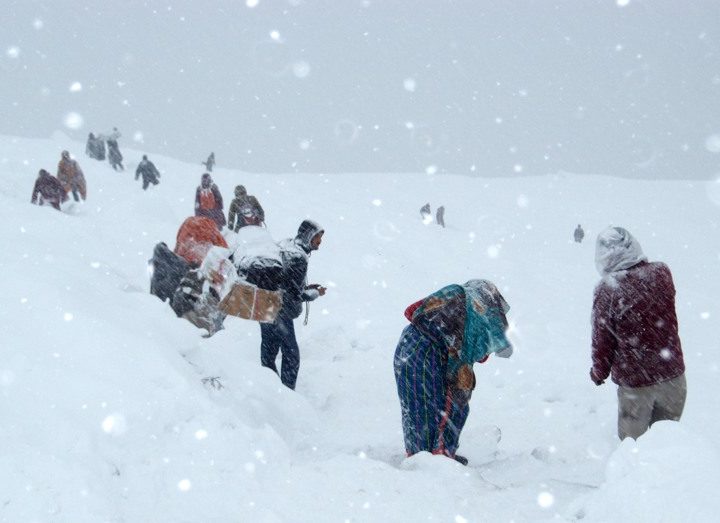GOLDEN TRIANGLE LADAKH
LADAKH:-Ladakh is in North east of India, neighboring Tibet a beautiful part of Jammu Kashmir. Surrounded by the Karakoram and Great Himalayan Ranges, it is a high altitude desert land and therefore sheltered from the rain bringing clouds of the Indian monsoons. Once a lake covered Ladakh and the leftover today are the 3 lakes of Tso Moriri, Tso Kar and Pangkong Tso. The main source of water in Ladakh are the winter snow falls. Ladakh has only two entries by Road, One is via Srinagar Over Zodgela Pass & another is via Manali over five highest pass, between 3500
GOLDEN TRIANGLE KASHMIR
Kashmir situated to the northwestern part of India; dazzles with deep valleys, snow-clad mountains and shimmering lakes. Termed as paradise on earth, Kashmir which captivates the tourists with lovely Dal Lake and beautiful temples makes Kashmir Tours Packages a must for all those who love to enjoy natural beauty. Shopping for woolen clothes, hand-made shawls and Kashmiri style ornaments can be exciting and fascinating for the tourists when on Kashmir Packages Tours. The Srinagar packages take you around beautifully decorated house boats paving through the lovely lakes and make for a romantic ride when in Srinagar. Apart from this, the
SPLENDID NORTH EAST
SIKKIM: has a very rough topography due to which there are very less flat lands in Sikkim. The rivers and mountains are the main physical features that define the boundaries of the state of Sikkim with its neighboring countries. Besides the rivers and mountains, the glaciers, mountain passes, lakes, hot springs and waterfalls are also found in this region. The Kanchenjunga mountain, one of the highest mountain peak in the world is also situated in Sikkim. The Yumthang hot springs are the famous hot springs located in Sikkim. These hot springs are rich in Sulphur content and have high medicinal
MESMERISING GANGTOK & DARJEELING
GANGTOK: is capital and the largest town of the Indian state of Sikkim. It also is the headquarters of the East Sikkim district. Gangtok is located in the eastern Himalayan range, at an elevation of 1,650 m (5,410 ft). The town's population of 100,000 belongs to different ethnicities such as Nepali, Lepchas and Bhutia. Nestled within higher peaks of the Himalaya and enjoying a year-round mild temperate climate, Gangtok is at the centre of Sikkim's tourism industry. Gangtok rose to prominence as a popular Buddhist pilgrimage site after the construction of the Enchey Monastery in 1840. In 1894, the ruling Sikkimese Chogyal,
HIMALAYAN CARVAN
SRINAGAR : is the largest city and the summer capital of the Indian state of Jammu and Kashmir. It lies on the banks of the Jhelum River, a tributary of the Indus, and Dal and Anchar lakes. The city is famous for its gardens, waterfronts and houseboats. It is also known for traditional Kashmiri handicrafts and dried fruits. KARGIL: is a city in the Kargil district of Ladakh, in the Indian state of Jammu and Kashmir. It is the second largest town in Ladakh after Leh. It is located 60 km and 204 km from Drass and Srinagar to the west respectively,
LADAKH PANORMA
Nubra is a tri-armed valley located to the north east of Ladakh valley. Diskit the capital of Nubra is about 150 km north from Leh town, the capital of Ladakh district, India. Local scholars say that its original name was Ldumra (the valley of flowers). The Shyok River meets the Nubra or Siachan River to form a large valley that separates the Ladakh and Karakoram Ranges. The Shyok river is a tributary of the Indus river. The average altitude of the valley is about 10,000 ft. i.e. 3048 metres above the sea level. The common way to access this valley is to
HIGH PASSES OF LADAKH
Ladakh (“land of high passes”) is a region in Indian state of Jammu and Kashmir that currently extends from the Kunlun mountain range to the main Great Himalayas to the south, inhabited by people of Indo-Aryan and Tibetan descent.It is one of the most sparsely populated regions in Jammu and Kashmir and its culture and history are closely related to that of Tibet. Historically, the entire upper Indus Valley, the remote Zanskar, Lahaul and Spiti to the south, much of Ngari including the Rudok region and Guge in the east, Aksai Chin in the northeast (extending to the Kun Lun
GLIMPSES OF LADDAKH
Ladakh ("land of high passes") is a region in Indian state of Jammu and Kashmir that currently extends from the Kunlun mountain range to the main Great Himalayas to the south, inhabited by people of Indo-Aryan and Tibetan descent.It is one of the most sparsely populated regions in Jammu and Kashmir and its culture and history are closely related to that of Tibet. Historically, the entire upper Indus Valley, the remote Zanskar, Lahaul and Spiti to the south, much of Ngari including the Rudok region and Guge in the east, Aksai Chin in the northeast (extending to the Kun Lun
HOLY SHRINE WITH KASHMIR
Jammu has historically been the capital of Jammu Province and the winter capital of the east, while Jammu and Kashmir princely state (1846–1952). Jambu Lochan was the brother of Raja Bahu Lochan who constructed a fort, Bahu Fort, on the bank of river Tawi. The city name figures in the ancient book Mahabharata. Excavation near Akhnoor, 32 kilometres (20 mi) from Jammu city, provides evidence that Jammu was once part of the Harappan civilization. Remains from the Maurya, Kushan, Kushanshahs and Gupta periods have also been found in Jammu. After 480 CE, the area was dominated by the Hephthalites and ruled
CHARMING KASHMIR
Kashmir is the northernmost geographical region of South Asia. Until the mid-19th century, the term “Kashmir” denoted only the valley between the Great Himalayas and the Pir Panjal mountain range. Today, it denotes a larger area that includes the Indian-administered territory of Jammu and Kashmir (subdivided into Jammu, Kashmir, and Ladakh divisions), Pakistani-administered territories of Azad Kashmir and Gilgit-Baltistan, and Chinese-administered territories of Aksai Chin and the Trans-Karakoram Tract. In the first half of the 1st millennium, the Kashmir region became an important centre of Kambojas and later of Buddhism; later still, in the ninth century, Kashmir Shaivism arose. In
HIGHLIGHTS OF KASHMIR
Kashmir is the northernmost geographical region of South Asia. Until the mid-19th century, the term "Kashmir" denoted only the valley between the Great Himalayas and the Pir Panjal mountain range. Today, it denotes a larger area that includes the Indian-administered territory of Jammu and Kashmir (subdivided into Jammu, Kashmir, and Ladakh divisions), Pakistani-administered territories of Azad Kashmir and Gilgit-Baltistan, and Chinese-administered territories of Aksai Chin and the Trans-Karakoram Tract. In the first half of the 1st millennium, the Kashmir region became an important centre of Kambojas and later of Buddhism; later still, in the ninth century, Kashmir Shaivism arose. In
MYSTEIC HIMACHAL PRADESH
Great Himalayas ‘Himalayas in Himachal’ or one must say Himachal in Himalayas. ‘Him’ in Hindi literally means ice or snow and ‘alaya’ means home, which makes Himalayas ‘The Home of Snow’ and from there Himachal gets its name meaning ‘Land of Snow’. The Himalayas affect the climate of Himachal as well. Huge variations in the elevations of mountains (from 450m to 6500m) cause big differences in climatic conditions. Different climatic conditions according to the elevations are: 450m-950m - Hot & Sub-Humid Tropical 900m-1800m - Warm 1900m-2400m - Cool 2400m-4800m & Above - Cold Alpine & Glacial The Himalayas, fulfilling its

